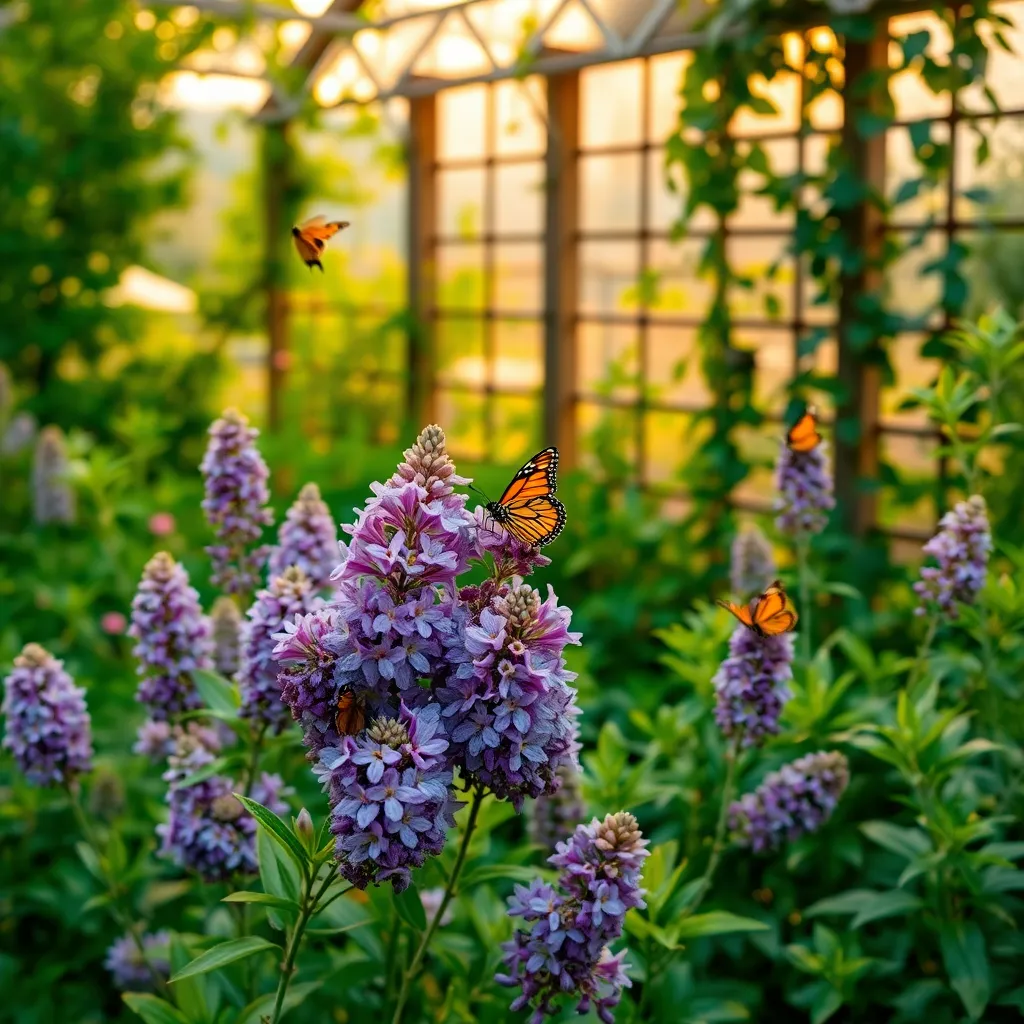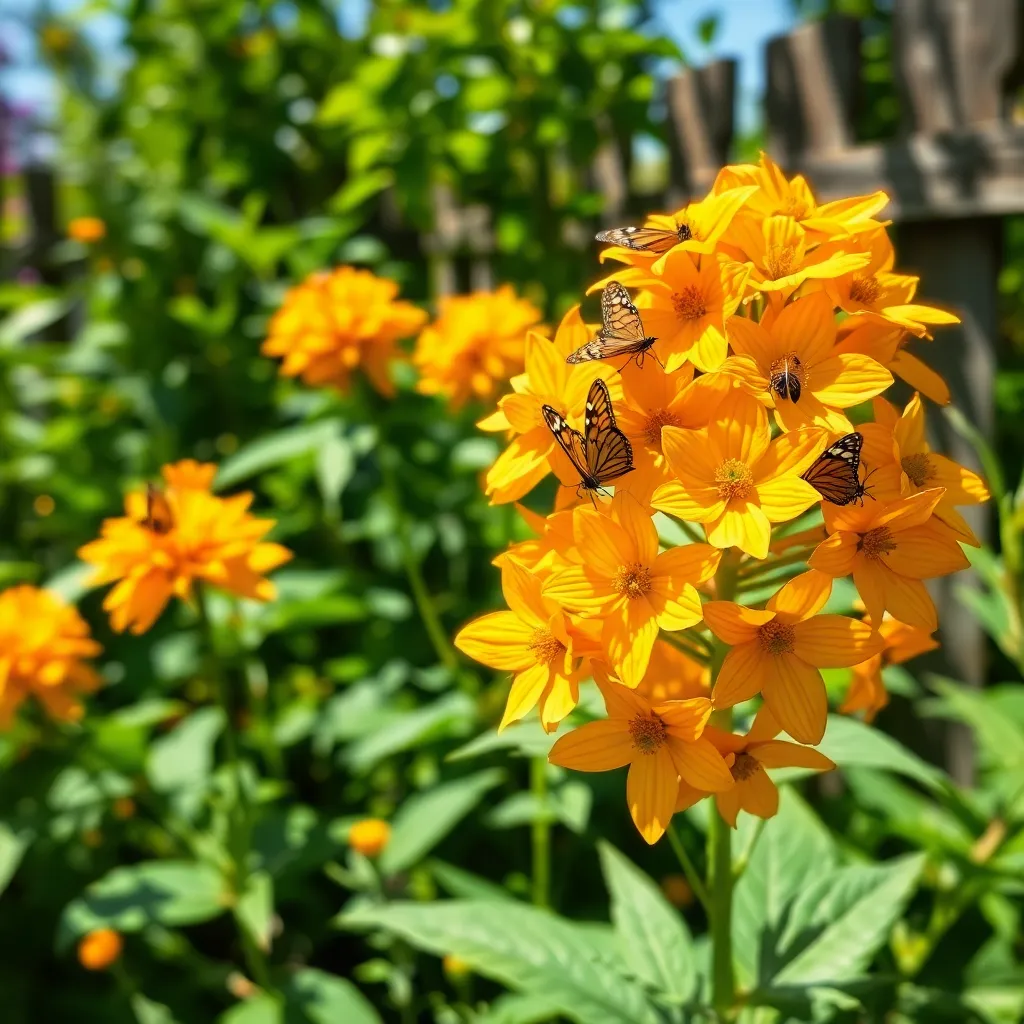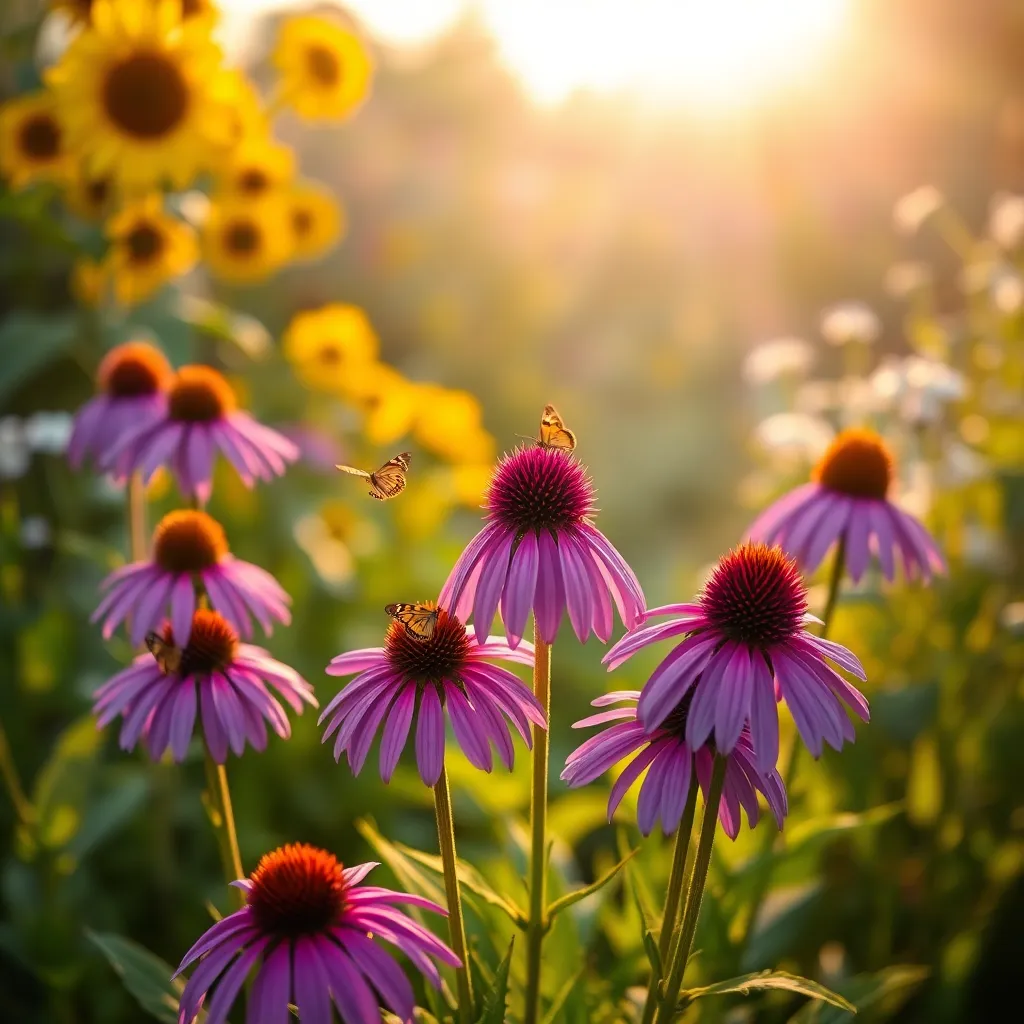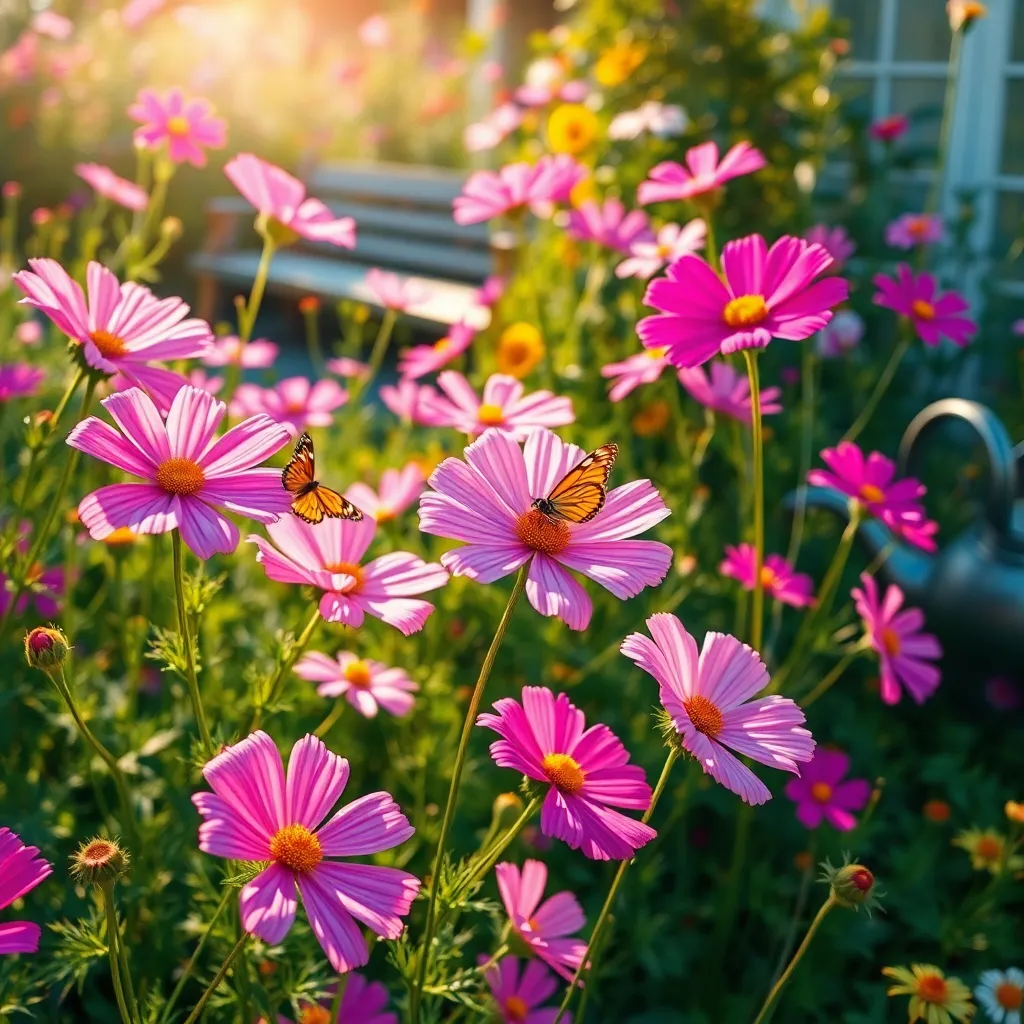Imagine stepping into your garden and being greeted by a flutter of vibrant butterflies, their delicate wings painting the air with color and grace. Whether you’re a budding gardener or a seasoned green thumb, creating a butterfly haven in your backyard is a rewarding experience that combines beauty with ecological benefit. This guide is your key to unlocking the secrets of selecting the best flowers that will transform your garden into a lively sanctuary buzzing with life.
Get ready to explore a curated list of garden plants that not only attract these enchanting visitors but also thrive in various conditions, ensuring success for gardeners at every skill level. With practical tips and insights, you’ll discover how to create a dynamic ecosystem that supports local wildlife while adding a splash of natural elegance to your outdoor space. Embrace the joy of gardening with confidence, knowing that each plant choice is a step towards a vibrant, butterfly-friendly garden that delights the senses and nurtures the environment.
Butterfly Bush (Buddleja davidii)

The Butterfly Bush, or Buddleja davidii, is a magnificent addition to any garden looking to attract butterflies. Known for its vibrant, fragrant blooms, it is a magnet for a variety of pollinators, making it an excellent choice for creating a lively garden ecosystem.
For optimal growth, plant your Butterfly Bush in a location with full sun, as it thrives in bright conditions. It’s crucial to provide well-drained soil, so consider adding some sand or grit to improve drainage if your soil is heavy.
Water your Butterfly Bush deeply but infrequently, allowing the soil to dry out between waterings. This approach helps the plant develop a robust root system, making it more drought-tolerant over time.
Pruning is essential for maintaining the plant’s shape and encouraging more blooms. Cut back the stems in late winter or early spring to about one-third of their height, which will stimulate vigorous new growth and a more prolific flowering season.
Milkweed (Asclepias tuberosa)

Milkweed (Asclepias tuberosa), also known as butterfly weed, is a vibrant perennial that serves as a crucial host plant for monarch butterflies. Its bright orange flowers not only attract butterflies but also provide nectar for bees and other pollinators, making it a must-have in any butterfly garden.
To successfully grow milkweed, choose a location with full sun, as this plant thrives with at least six hours of sunlight each day. Plant it in well-draining soil, such as sandy or gravelly types, to prevent root rot, which can occur in overly moist conditions.
Water your milkweed plants deeply but infrequently, allowing the soil to dry out between waterings. Once established, milkweed is drought-tolerant and requires minimal additional watering, making it an excellent low-maintenance option for gardeners.
For those looking to encourage more robust growth, consider deadheading spent blooms to promote further flowering throughout the growing season. Adding a layer of organic mulch around the base of the plants can help retain moisture and suppress weeds, keeping your butterfly garden looking tidy and thriving.
Purple Coneflower (Echinacea purpurea)

Purple Coneflower, known scientifically as Echinacea purpurea, is a fantastic choice for attracting butterflies to your garden. This hardy perennial is not only easy to grow but also provides a continuous source of nectar throughout the summer months.
To get started with Purple Coneflowers, plant them in a location that receives full sun for at least six hours a day. They thrive in well-drained soil, making them perfect for gardens with sandy or loamy soil types.
Regular watering is essential during the plant’s first growing season to establish a strong root system. Once established, Purple Coneflowers are drought-tolerant, reducing the need for frequent watering and making them a low-maintenance option for gardeners.
For those looking to extend the blooming period, deadhead the flowers as they fade to encourage more blooms. Advanced gardeners can divide the clumps every three to four years in early spring to promote vigorous growth and prevent overcrowding.
Lantana (Lantana camara)

Lantana (Lantana camara) is a vibrant and hardy plant known for its ability to attract butterflies with its bright, clustered flowers. This plant thrives in sunny conditions, making it an excellent choice for gardeners who have plenty of sunlight in their gardens.
To ensure a healthy lantana, plant it in well-draining soil, as it does not tolerate soggy conditions. Regular watering is essential during the establishment phase, but once established, lantanas are drought-tolerant and require minimal watering.
These plants are not fussy about soil types, but they do prefer a slightly acidic to neutral pH. For best growth, fertilize lantanas with a balanced, slow-release fertilizer once in the spring, or use compost for a more organic approach.
Pruning is an important practice to keep lantana looking its best and to encourage more blooms. Cut back the plant by about one-third in late winter or early spring, which helps to promote bushier growth and more prolific flowering during the growing season.
Cosmos (Cosmos bipinnatus)

Cosmos (Cosmos bipinnatus) are a delightful choice for attracting butterflies, with their vibrant blooms and delicate foliage. These annual flowers thrive in full sun and prefer well-draining soil, making them ideal for a variety of garden settings.
To cultivate cosmos successfully, it’s important to sow the seeds directly into the ground after the last frost. Ensure the soil is moderately fertile, as overly rich soil can lead to more foliage than flowers, which may not attract as many butterflies.
Watering cosmos is simple; they are drought-tolerant once established and benefit from a deep watering once a week. Be careful not to overwater, as this can lead to root rot and other issues that could impact their blooming potential.
For those looking to extend the blooming period, deadheading the spent flowers will encourage the plant to produce more blooms. Additionally, staking may be necessary for taller varieties to prevent them from flopping, especially in windy conditions.
Conclusion: Growing Success with These Plants
In nurturing a garden that invites butterflies, we also cultivate the delicate art of fostering relationships. This article explored five key concepts: choosing vibrant blooms like Milkweed and Lantana to attract attention, understanding the importance of providing sustenance with nectar-rich flowers like Coneflower, creating diversity with plants such as Aster and Black-eyed Susan to maintain interest, ensuring seasonal availability to keep connections fresh, and providing safe havens reminiscent of butterfly-friendly spaces for nurturing trust. These concepts mirror the foundational elements of building strong, lasting bonds.
As a next step, consider planting a butterfly-friendly flower in your garden or home space. This simple action not only enhances your environment but also symbolizes your commitment to nurturing relationships.
Don’t forget to bookmark this article, as it’s a valuable resource you’ll want to revisit when seeking inspiration for strengthening personal connections. By applying these principles, you’re not just crafting a beautiful garden — you’re laying the groundwork for abundant, flourishing relationships. Remember, the seeds of today’s efforts blossom into tomorrow’s successes. Embrace this journey with warmth and enthusiasm, and watch your relationships thrive.

